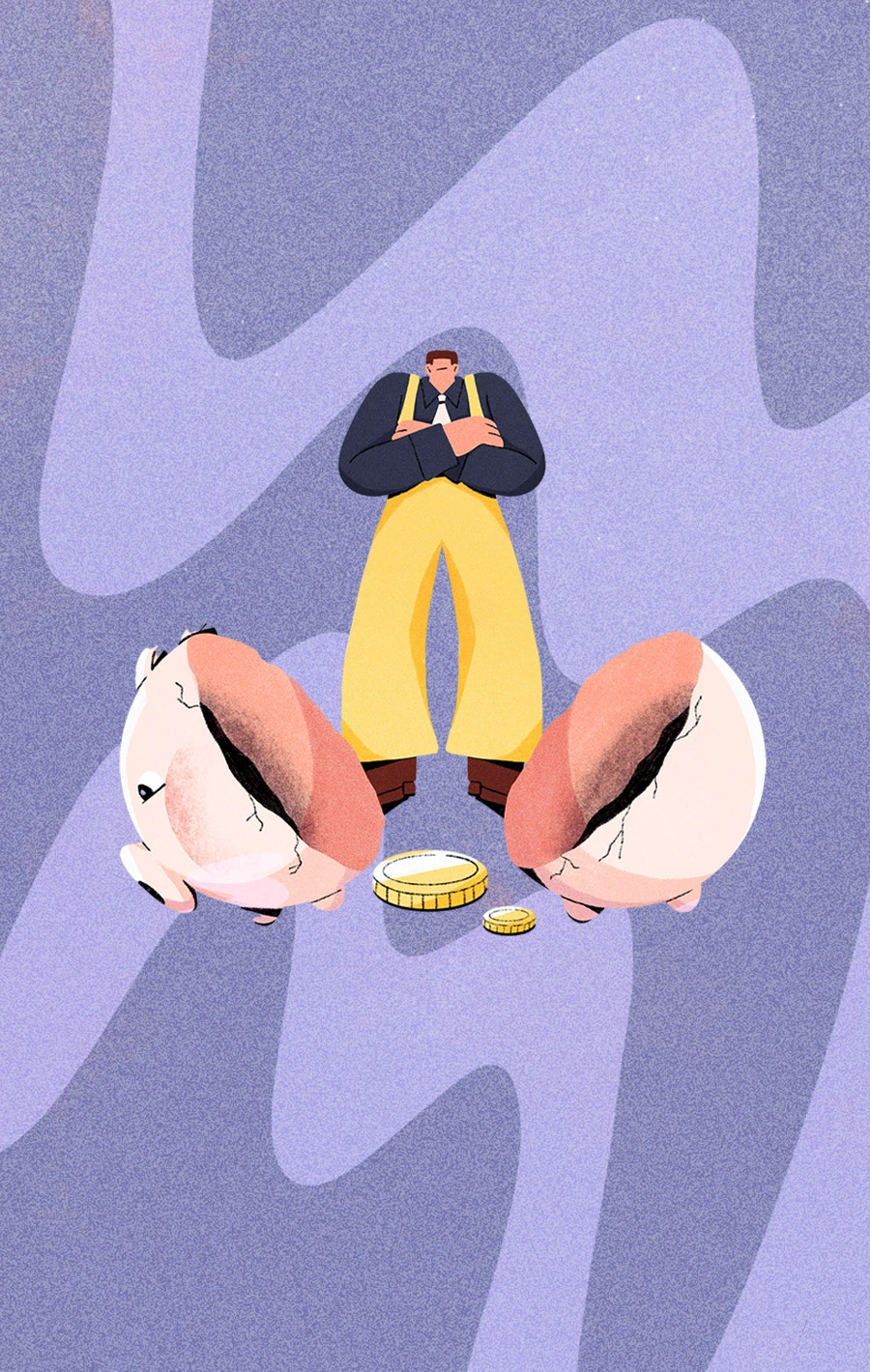Repayment Assistance Plan Loan Forgiveness: How it Works
Updated on August 5, 2025
Repayment Assistance Plan (RAP) loan forgiveness is a federal student loan relief option that forgives the remaining principal and interest on loans after 30 years of income-based payments.
Current borrowers eligible for income-driven repayment may consider RAP due to benefits such as interest subsidies and principal reductions, potentially lowering their overall debt and reducing future tax liability compared to other repayment plans.
Additionally, RAP can offer more manageable monthly payments, making forgiveness realistically attainable for borrowers who struggle under existing income-driven repayment (IDR) plans.
What is Repayment Assistance Plan Loan Forgiveness?
RAP forgives the remaining principal and interest owed on federal loans after you make 30 years’ worth of payments based on a percentage of your adjusted gross income. Under current law, forgiven amounts will be taxable income beginning in 2026, as the tax exemption provided by the American Rescue Plan Act expires after 2025.
Related: RAP Plan & Married Filing Separately
Who Qualifies for RAP Loan Forgiveness?
All federal student loan borrowers qualify for RAP, except borrowers with Parent PLUS Loans, including those who have consolidated or used double consolidation. These borrowers are not eligible for RAP.
Eligibility includes:
Borrowers previously or currently enrolled in SAVE, IBR, Pay-As-You-Earn, or Income-Contingent Repayment plans can switch to RAP.
Borrowers currently on Extended, Graduated, or Standard repayment plans can also switch to RAP.
Both new and existing borrowers are eligible.
Unlike other income-driven repayment plans, there is no hardship requirement for RAP. Likewise, there is no minimum or maximum income limit to qualify. You can enroll regardless of your income level. Additionally, there are no employment restrictions; all borrowers are eligible irrespective of their job or employer.
How Does the RAP Forgiveness Process Work?
Currently, the RAP forgiveness process is straightforward and requires minimal action from borrowers:
Make your monthly payments based on your income.
Certify your income annually to ensure your monthly payments remain accurate and reflect your current financial situation.
The exact methods for certifying income (tax returns, pay stubs, or other documentation) have not yet been finalized. While RAP is officially law and established as a repayment option, it has not yet been implemented, so borrowers cannot currently enroll or begin the plan. Future guidance may introduce additional steps or clarify the documentation required.
Differences Between RAP Loan Forgiveness and Other Plans
The main criticism of RAP is its extended timeline, requiring 30 years of payments before forgiveness is granted, compared to 20 years for Income-Based Repayment (IBR 10%) and Pay As You Earn (PAYE), and 25 years for IBR (15%). This longer repayment period means borrowers may ultimately pay more overall.
But RAP offers unique advantages that can significantly offset this disadvantage:
Interest subsidy: RAP waives any monthly accrued interest not covered by your payments, preventing your loan balance from increasing due to unpaid interest.
Principal reduction: RAP provides an additional payment of up to $50 per month directly toward the principal balance when payments are insufficient to fully cover interest. This significantly reduces your outstanding loan balance over time.
Because of these features, borrowers typically have a significantly lower remaining loan balance at the time of forgiveness under RAP compared to other IDR plans, potentially leading to a lower tax obligation when the remaining balance is forgiven.
Other aspects of forgiveness, such as potential tax consequences, remain consistent between RAP and other IDR plans.
FAQs
Do payments made under another IDR plan count toward RAP’s 30-year forgiveness?
Yes. Payments made under SAVE, IBR, PAYE, or other IDR plans—including credits from the one-time account adjustment—carry over when you switch to RAP. You won't lose your progress; you'll continue building toward forgiveness from where you left off.
How much tax will I owe if RAP forgiveness occurs after 2025?
Taxes on RAP forgiveness after 2025 depend on your total forgiven balance, your income at the time, and future marginal tax rates. The forgiven amount counts as taxable income, so planning ahead for this tax obligation is crucial to avoid surprises.
Do RAP payments qualify toward Public Service Loan Forgiveness?
Yes. RAP payments count toward the 120 monthly payments required by PSLF. If your employment qualifies, payments made on RAP help you achieve tax-free loan forgiveness under PSLF after 10 years of qualifying public service work.
Could RAP’s forgiveness timeline or terms change before launch?
The core terms of RAP—including the 30-year forgiveness timeline—are set by federal law and unlikely to change. However, regulatory details, like income documentation requirements and definitions of family size, could be adjusted before the program officially begins.








